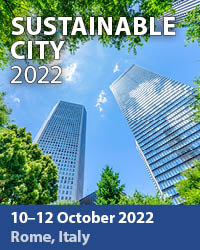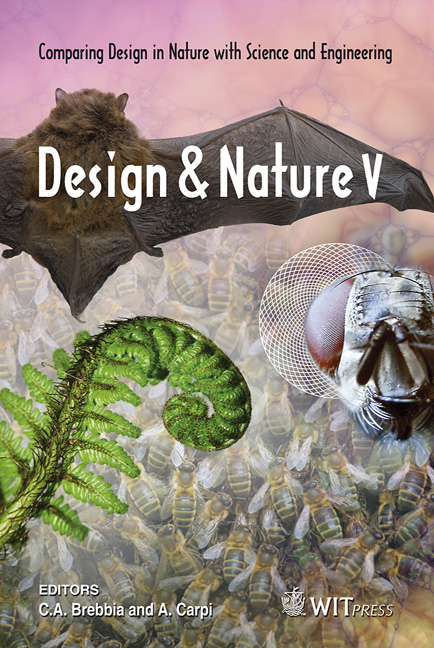Material Design Of A Biomimetic Composite Material Used For A Wooden Building Joint Structure
Price
Free (open access)
Transaction
Volume
138
Pages
9
Page Range
329 - 337
Published
2010
Size
3,204 kb
Paper DOI
10.2495/DN100281
Copyright
WIT Press
Author(s)
T. Ota & S. Enoki
Abstract
Earthquake-resistant wooden houses have been built in Japan for a long time. It has been clear that the buildings absorb the vibration energy in the joint parts of the wooden structures. The mechanism of energy absorption distorts the wood of the joint. Therefore, it is important to develop joint parts that can be easily exchanged for continued absorption of such energy. It has been reported that biomimetic composite materials that imitate bone have a load decentralization function and a shock-absorbing function. Wood has cell structures that resemble bone. Therefore, it seems a logical step to consider biomimetic composite materials that can be applied to wooden buildings. In this study, we propose to create a wooden building joint using a biomimetic composite material. The joint is constructed of aluminum lattice and plastic. In order to test whether this joint structure would successfully absorb energy from earthquake vibrations, in this paper we present results from an investigation into material characteristics. Linear analyses were executed on the material. Load-displacement curves were made by the constraint displacements and calculated reaction forces. Results indicated that the material has nonlinear characteristics. We infer that the composite aluminum and plastic material absorbs the vibration energy because of its nonlinear characteristics. Based on study results, we conclude that using this composite material for proposed joints can have significant benefits towards the earthquake-proofing of individual houses. Keywords: material design, biomimetic composite material, wooden structures, joints and structural nonlinearity.
Keywords
material design, biomimetic composite material, wooden structures, joints and structural nonlinearity





